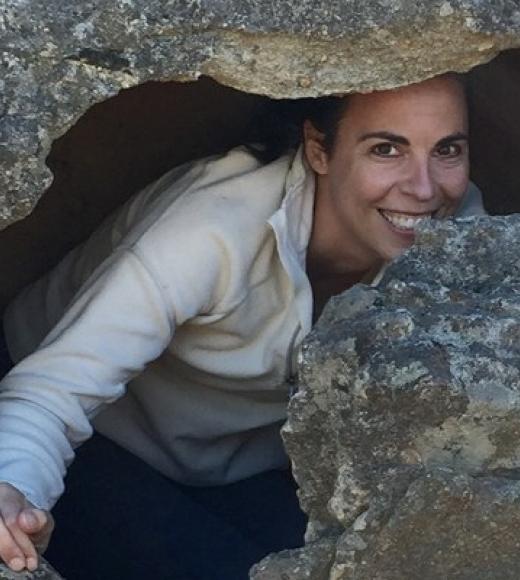
Position Title
Associate Professor
Education
- Postdoc 2012, Genetics, School of Medicine, Stanford University
- Ph.D. 2009, Anthropological Sciences, Stanford University
- B.A. 2003, Philosophy of Science, Stanford University
About
Brenna Henn is a population geneticist in the Department of Anthropology and in the Genome Center at the University of California, Davis. She began her research by studying the deep population structure and complex migration patterns of African hunter-gatherer groups. Motivated by her PhD training in anthropology, she aims to approach questions of genomic and phenotypic diversity from an interdisciplinary standpoint. She continues to primarily focus on African populations. Her field sites include efforts to collect DNA samples, demographic data and biomedical phenotypes in the Kalahari Desert, Cederberg Mountains and the Richtersveld of South Africa, as well as collaborations in Namibia and Ethiopia.
Research Focus
The Henn Lab uses population genetic and quantitative genetic theory to model processes in human evolution, paired with extensive genomic and phenotypic data from Sub-Saharan African populations. The lab is committed to understanding genetic diversity in under-represented populations and testing the hypothesis that the determinants of phenotypic traits in these populations may be influenced by alleles that are population-specific or generally rare. The lab is broadly geared toward refining models of human migration and understanding the adaptive significance of healthy phenotypes such as life history traits, pigmentation, height, and resistance to tuberculosis. The lab is also particularly focused on reconstructing the complex demographic history of African populations.
Publications
- AR Martin, M Lin, JM Granka, JW Myrick, X Liu, A Sockell, EG Atkinson, CJ Werely, M Möller, DM Kingsley, EG Hoal, X Liu, MW Feldman, CR Gignoux, CD Bustamante, BM Henn (2017) An Unexpectedly Complex Architecture for Skin Pigmentation in Africans. Cell. 171 (6), 1340-1353. e14
- C Uren, M Kim, AR Martin, D Bobo, CR Gignoux, PDv Helden, M Möller, EG Hoal, BM Henn (2016) Fine-Scale Human Population Structure in Southern Africa Reflects Ecogeographic Boundaries. Genetics 204(1): 303-314.
- BM Henn*, LR Botigué*, S Peishl*, I Dupanloup, M Lipatov, BK Maples, AR Martin, S Musharoff, H Cann, M Snyder, L Excoffier*, JM Kidd*, CD Bustamante* (2016) Feature Article: Distance from Sub-Saharan Africa Predicts Mutational Load in Diverse Human Genomes. Proc Natl Acad Sci. 113(4): E440-E449.
- GD Poznik, BM Henn, MC Yee, E Sliwerska, GM Euskirchen, AA Lin, M Snyder, L Quintana-Murci, JM Kidd, PA Underhill, CD Bustamante (2013) Sequencing Y Chromosomes Resolves Discrepancy in Time to Common Ancestor of Males versus Females. Science 341(6145): 562-565
- BM Henn, MW Feldman, LL Cavalli-Sforza (2012) The Great Human Expansion. Proc Natl Acad Sci. 109(44): 17758-17764
- BM Henn, CR Gignoux, M Jobin, JM Granka, JM Macpherson, JM Kidd, L Rodríguez-Botigué, S Ramachandran, L Hon, A Brisbin, AA Lin, PA Underhill, D Comas, KK Kidd, P Parham, PJ Norman, CD Bustamante, JL Mountain, MW Feldman. (2011) Feature Article: Hunter-gatherer genomic diversity suggests a southern African origin for modern humans. Proc Natl Acad Sci. 108(13): 5154-5162.
Teaching
ANT 153, ANT 157, ANT 1, ANT 253
